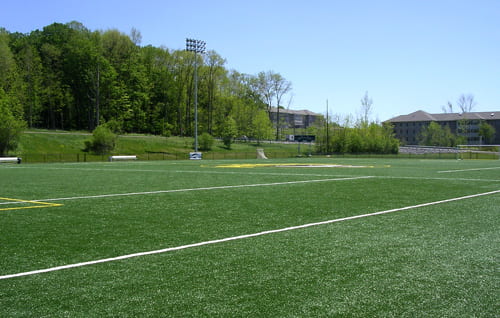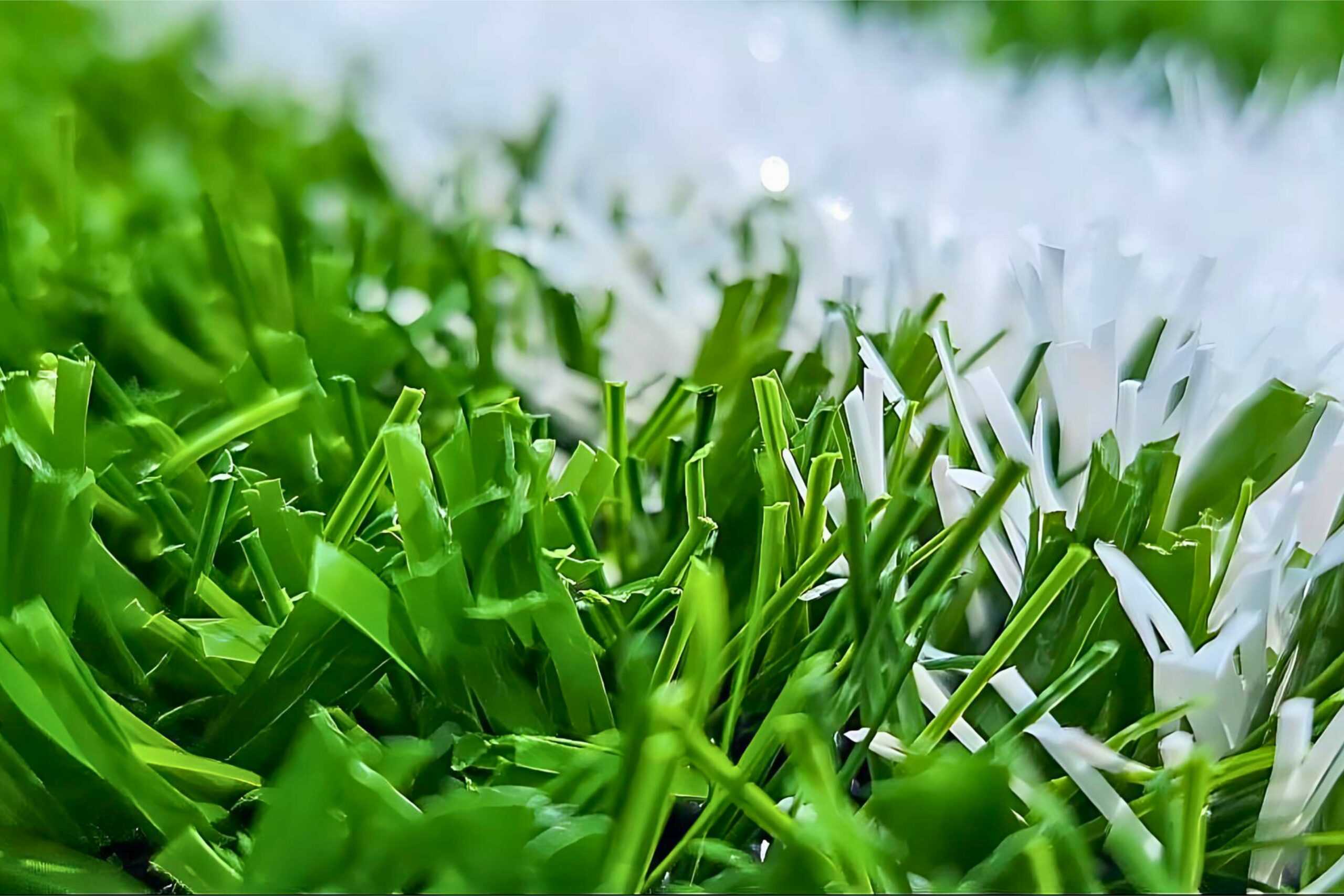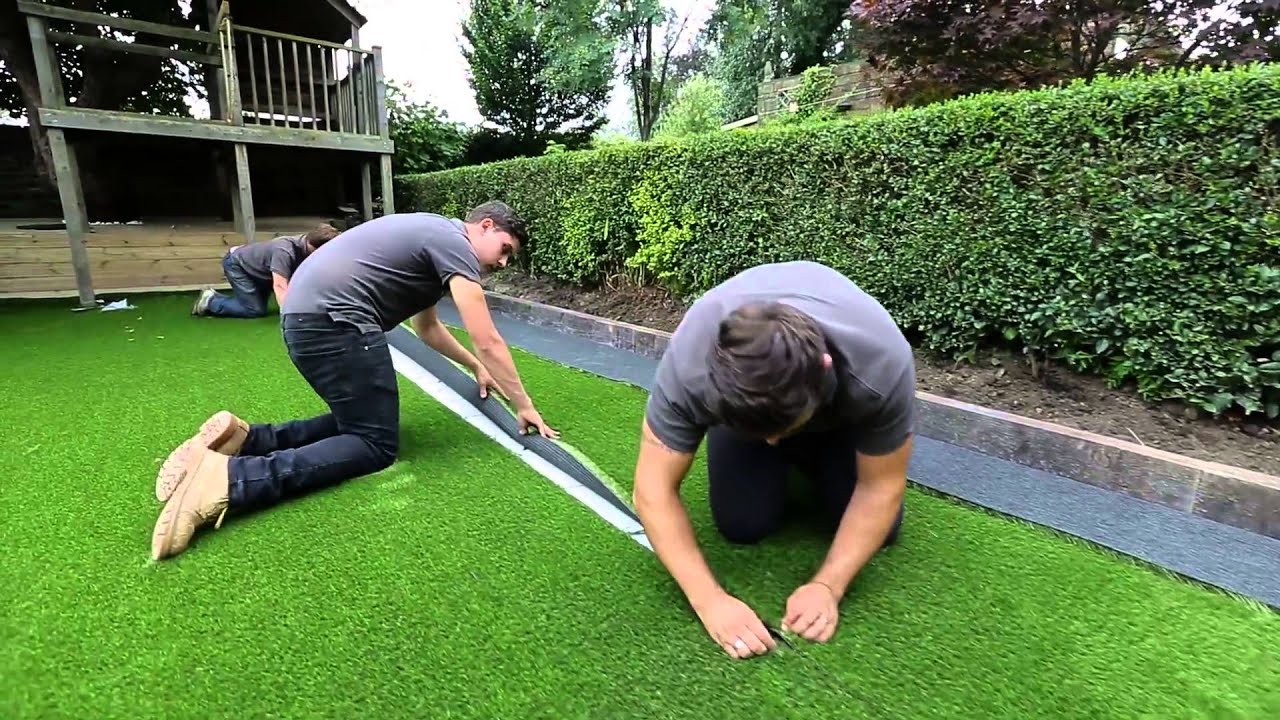Top-Rated Phoenix Turf Companies Specializing in Synthetic Grass Options
Top-Rated Phoenix Turf Companies Specializing in Synthetic Grass Options
Blog Article
Explore the Environmental Benefits of Opting for Synthetic Grass Solutions
The adoption of artificial turf remedies offers a compelling possibility to resolve pressing environmental obstacles. By substantially minimizing water use and lessening the application of damaging chemicals, these alternatives not just promote lasting landscape design yet likewise secure local environments.
Water Preservation Conveniences
One of the most significant benefits of synthetic grass is its capacity to preserve water. Traditional grass lawns call for significant irrigation, particularly in areas susceptible to drought or water restrictions. In comparison, synthetic grass does not need watering, considerably reducing the total demand for water sources. This attribute is especially valuable in deserts where water scarcity is a pressing worry.
By getting rid of the demand for normal watering, synthetic grass contributes to sustainable landscape practices and aids mitigate the ecological impact of too much water usage. In addition, the preservation of water encompasses the reduction of overflow, which can cause dirt erosion and waterway air pollution.
Furthermore, the installation of synthetic grass allows communities and property owners to allocate water sources more efficiently, concentrating on essential uses such as alcohol consumption water and agriculture. The shift towards artificial turf not just promotes responsible water usage but likewise aligns with more comprehensive ecological goals targeted at preserving all-natural resources.
As neighborhoods progressively prioritize sustainability, the water conservation advantages of man-made turf provide an engaging situation for its adoption in household and industrial landscaping projects.
Decreased Chemical Usage
The transition to fabricated grass substantially lowers the reliance on chemical therapies generally made use of in natural turf upkeep. Typical grass administration usually involves the application of herbicides, pesticides, and plant foods to promote growth and control insects. These chemicals can posture threats to human wellness, regional wildlife, and the setting, adding to soil and water contamination.
In contrast, synthetic grass gets rid of the demand for these hazardous compounds. As soon as set up, it needs very little maintenance, mainly consisting of regular cleaning and seldom infill replenishment. This reduction in chemical usage not just profits the immediate atmosphere yet additionally adds to broader ecological security. By decreasing the release of artificial compounds into the community, synthetic grass promotes healthier dirt and water supply.
Furthermore, the absence of chemical drainage associated with synthetic grass installments helps safeguard neighborhood rivers from air pollution, supporting marine life and keeping biodiversity. Arizona turf. As neighborhoods progressively focus on lasting practices, choosing fabricated grass presents a feasible remedy that aligns with environmental conservation objectives. Through this shift, homeowner can appreciate rich green areas without jeopardizing ecological health and wellness, leading the way for an extra sustainable future
Reduced Carbon Footprint

Furthermore, the setup of artificial grass can lead to substantial water preservation. All-natural lawns require considerable quantities of water for irrigation, which not only contributes to the carbon footprint related to water extraction and treatment however additionally pressures regional water resources. In comparison, synthetic grass needs marginal maintenance, requiring no watering, thereby considerably minimizing water use and its linked power prices.
Furthermore, the long life of fabricated grass adds to its decreased carbon influence. With a lifespan of approximately 15 years or even more, the need for regular replacements is lessened, causing much less waste and lower power intake in manufacturing and disposing of conventional lawn alternatives. Generally, synthetic grass provides a lasting choice for ecologically conscious landscape design.
Environment Conservation
Habitat conservation is a crucial factor to consider in the discussion over landscaping options, especially when contrasting synthetic grass to all-natural turf. Natural yard yards frequently require substantial upkeep, consisting of making use of pesticides, plant foods, and herbicides, which can negatively affect regional ecological communities. These chemicals can leach right into the dirt and rivers, damaging native vegetation and animals and interrupting regional habitats.
Synthetic lawn eliminates the need for unsafe chemicals, consequently securing close-by wildlife and maintaining the stability of surrounding ecological communities. The installation of synthetic lawn can lead to the conversion of previous turf locations into more biodiverse landscapes, such as pollinator gardens or indigenous plant areas, which can sustain regional wild animals.
Ultimately, the shift to man-made turf not only preserves water and minimizes maintenance initiatives but also fosters a much more harmonious partnership in between human activities and click to read more the natural surroundings, advertising habitat conservation while doing so.
Long-Term Sustainability
Long-term sustainability is an essential consider examining the benefits of synthetic grass over conventional turf yards. Among one of the most considerable advantages of artificial grass is its durability; it can last up to 15-20 years with very their website little maintenance, whereas natural turf calls for regular reseeding and substitute. This durability decreases the demand for constant sources, such as water, fertilizers, and pesticides, which are important for maintaining a healthy and balanced yard yard.
Furthermore, man-made grass contributes to a reduction in carbon discharges connected with grass treatment tools. Traditional grass commonly need gas-powered lawn mowers, trimmers, and blowers, all of which add to air contamination. Arizona artificial turf. In contrast, synthetic grass removes the requirement for such equipment, advertising a cleaner atmosphere
Additionally, the production of synthetic grass progressively makes use of recycled products, enhancing its sustainability account. As producers adopt environment-friendly methods, the ecological footprint of synthetic grass remains to decrease.

Final Thought
The adoption of artificial grass remedies offers considerable environmental benefits, consisting of substantial water conservation, lowered reliance on unsafe chemicals, and a lower carbon footprint. Man-made grass help in maintaining all-natural habitats by reducing land disruption and advertising long-lasting sustainability through the usage of long lasting materials. Jointly, these variables like it highlight the capacity of synthetic grass to contribute favorably to ecological health and supply a sensible option to standard landscaping techniques in a significantly resource-conscious world.
In comparison, artificial lawn does not require watering, considerably minimizing the overall demand for water resources. By reducing the launch of artificial substances into the environment, synthetic grass promotes much healthier soil and water systems.
In addition, the installment of artificial lawn can result in considerable water preservation. In comparison, fabricated lawn needs marginal maintenance, requiring no watering, consequently substantially decreasing water usage and its associated energy expenses.

Report this page